
Do you know how many ounces in a cup of coffee are the best? Knowing the answer is essential to achieve your desired cup.
Whether you indulge in the occasional cup of coffee or have developed a full-blown passion for coffee, having a firm grasp on coffee measurements can elevate your coffee-drinking experience.
That’s why, in this guide, we will explore the intricate relationship between ounces and cups. Join us to learn how to brew the ideal cup every time.
Why Is Understanding Coffee Measurements Important?
Understanding coffee measurements is crucial to consistently create a well-balanced and flavorful cup of coffee. You can customize the strength and taste of your brew, ensuring a consistently pleasing experience every time.
Learning coffee measurements is essential because of the variation in the definition of a "cup" across different regions and coffee-making methods.
In some places, a cup may mean a certain amount of liquid, like 8 ounces. In other regions, though, it might mean a normal unit, like 6 ounces. Additionally, various methods of preparing coffee—such as pour-over or espresso—might require varying ratios.
If you know how to measure it, you can alter the ratio of coffee to water as well as the total quantity of coffee utilized. The result is that you achieve your coffee's desired strength and taste for a perfect brew.

Understanding the measurements for coffee allows you to enjoy an excellent brew
Does A Cup Of Coffee Have A Standard Measurement?
The US standard measurement for a cup of coffee is 8 ounces.
Besdide that, there are various definitions of coffee measurements of the "cup."
The average amount of coffee consumed is less than a standard 8-ounce cup. Coffee shops generally use a cup size of around 6 ounces. Due to the smaller quantity, your coffee will have an excellent flavor and stay fresh longer.
These are some widely used measurements, but you can feely change the ratios. If you wish, you can adjust them according to your personal preferences.
How Do Coffee Measurements Vary Globally?
Coffee measurements can indeed vary globally, reflecting different cultural preferences and brewing traditions. Here are a few examples of regional differences in coffee measurements:
- In countries that use the metric system (like most of Europe and Australia), "cups" of coffee are typically 250 mL. Approximately 8.5 fluid ounces in the United States.
- In Japan, a coffee cup is typically 200 mL, slightly less than 7 fluid ounces. Japanese coffee culture emphasizes precision and meticulous brewing techniques.
- For those using a Chemex brewer, the recommended coffee-to-water ratio is often based on a 5-fluid-ounce cup size. The Chemex is a popular pour-over brewing device that produces a clean and flavorful cup of coffee.
These examples illustrate how coffee measurements can vary globally, reflecting cultural preferences and specific brewing methods. Knowing these differences is important, especially when following recipes or trying new brewing techniques from different regions.
The more you understand and adapt to these variations, the more you learn about coffee. Then, it allows you to appreciate coffee's diverse flavors and traditions.
Japanese coffee cup offen is 200ml
How Do Coffee Shops Define Their Cup Sizes?
Coffee shops define their cup sizes based on their branding, customer preferences, and the types of drinks they offer. These sizes often differ from standard measurements and can vary between coffee shop chains.
For example, Starbucks offers many cup sizes. They start from the small "Short" size of 8 fluid ounces. The next size up is 12 fluid ounces, 16 fluid ounces, and 20 fluid or 24 fluid ounces for iced drinks. Starbucks also has an even larger size called the "Trenta Cold," which is 31 fluid ounces for iced beverages.
Interestingly, there has been a trend towards larger mug sizes in coffee shops and for personal use in recent years. Supersized mugs can range from 16-24 fluid ounces or even larger.
These larger sizes may appeal to those who prefer to enjoy more coffee in a single serving. They also draw the attention of those who want to accommodate specialty drinks with additional ingredients like milk or syrups.

Each shop defines their coffee cup sizes differently
What Is the Golden Ratio for Coffee Brewing?
The golden ratio for coffee brewing refers to the recommended coffee-to-water ratio. It can help achieve a well-balanced and flavorful cup of coffee. While the ratio differs according to personal preferences, a recommended ratio is 1.5 to 2 grams of whole-bean coffee per 28 grams (or 1 fluid ounce) of water.
This ratio is often considered an ideal starting point. Since it helps maintain a balance between the strength of the coffee and the flavors extracted during brewing. If you use too little coffee, you may get a weak and watery brew. In contrast, excessive coffee amounts can lead to an overly strong and bitter cup.
The purpose of the golden ratio is to achieve the desired taste, strength, and extraction of flavors from the coffee grounds. When the ratio is well-balanced, the water can effectively extract the desirable compounds from the coffee, including aromatic oils, acids, and sugars. This results in the brewed coffee's more nuanced and enjoyable flavor profile.
However, personal preference matters greatly when determining the ideal coffee-to-water ratio. So, our recommendation is to try out different ratios. Then, adjust them to suit your taste. It helps you find the perfect golden ratio.

There is no exact ratio called “golden”
Frequently Asked Questions About Coffee Measurements
Why Is The Golden Ratio Important?
The golden ratio plays a crucial role as it helps ensure a well-balanced and flavorful coffee cup. By following the recommended ratio, you'll get optimal extraction and balance between the coffee's strength and flavors.
This ratio helps avoid a weak or overly strong cup of coffee and allows for a more enjoyable drinking experience.
How Do Coffee Shop Sizes Compare To Standard Measurements?
Coffee shop sizes often differ from standard measurements and vary between different coffee shop chains.
The standard coffee serving size for a cup is usually around 8-8.5 fluid ounces (or 236-250 mL). However, coffee shop sizes may differ from small sizes like 8 fluid ounces to larger sizes like 20-24 fluid ounces. They even provide more, depending on the coffee shop.
Coffee shops choose their cup sizes according to their branding, customer preferences, and the types of drinks they offer.

There is no standard size for coffee shops
Why Is There A Discrepancy Between The Physical Cup's Capacity And The Amount Of Brewed Coffee It Contains?
The discrepancy between the physical cup's capacity and its actual capacity often occurs in coffee shops. The reason for this difference is that coffee shops typically measure their coffee cup sizes based on the total capacity of the cup. This capacity includes room for milk, foam, or any additional ingredients that may be added to the drink.
This ensures that the cup can accommodate these extras without overflowing. That’s why you sometimes see it stated on the label of a cup that it is a certain size. However, actually, the amount of coffee inside may be a little less than the cup's capacity.
Conclusion
In conclusion, hope this article provided you with valuable information in your coffee-drinking experience.
Even though we mentioned the golden ratio in the article, everyone's tastes differ. That’s why there is no precise formula for the golden ratio. Ultimately, it all depends on personal experience.
Let’s try on different ratios until you find the recipe that works for you. After this period, you will feel that all your effort is worth it.
You may also like:
👍 Mug vs Cup: Choosing the Ideal Vessel for Your Beverage.
👍 Discover History of Coffee Mugs: History, Styles, Materials, Sizes, and Usages.
👍 History of Tea Cups: Definitions, Sizes, Materials and Usages


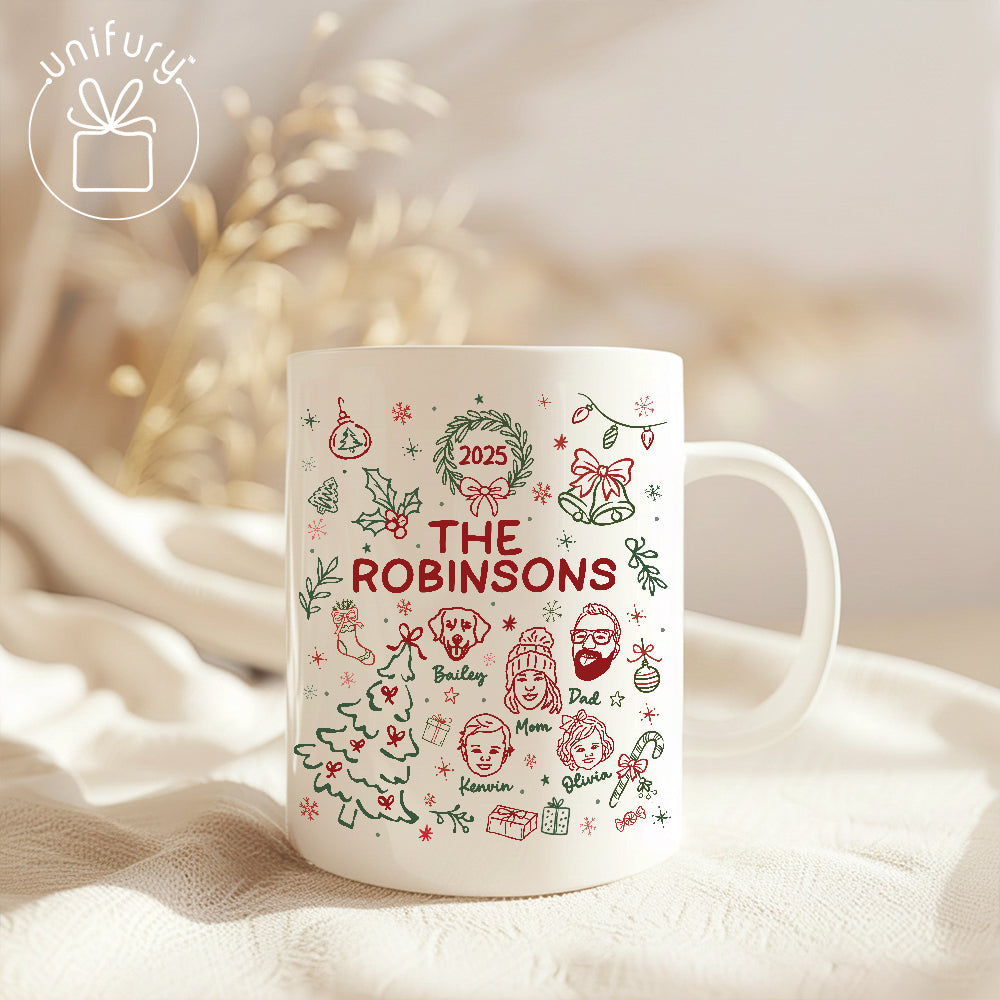
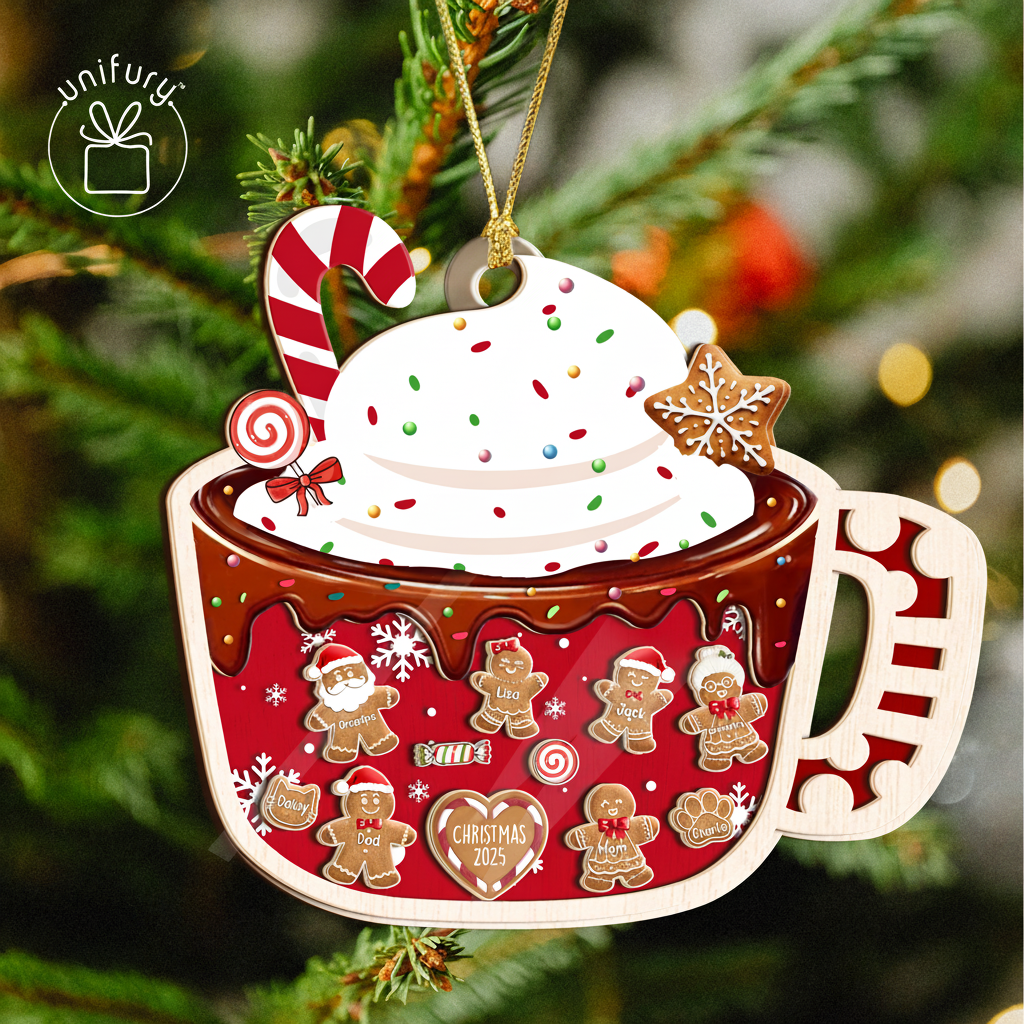
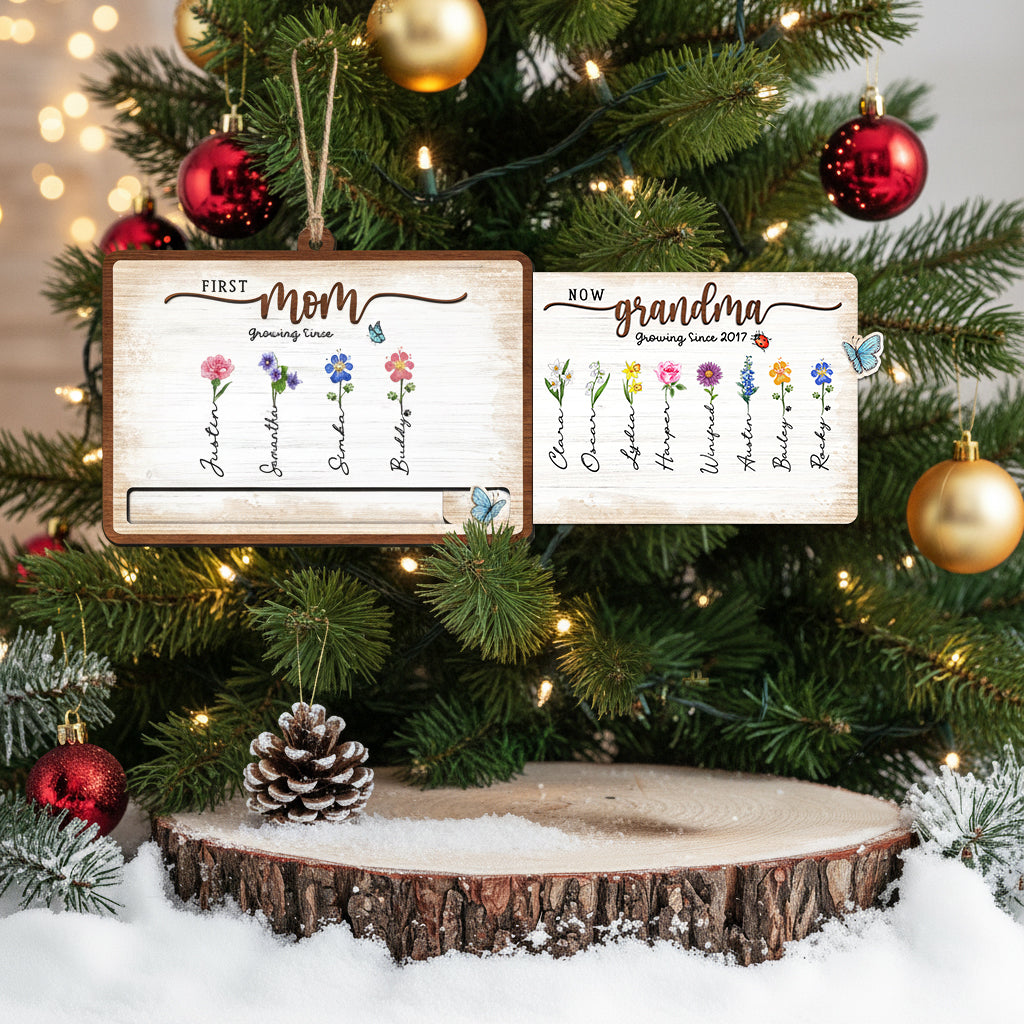
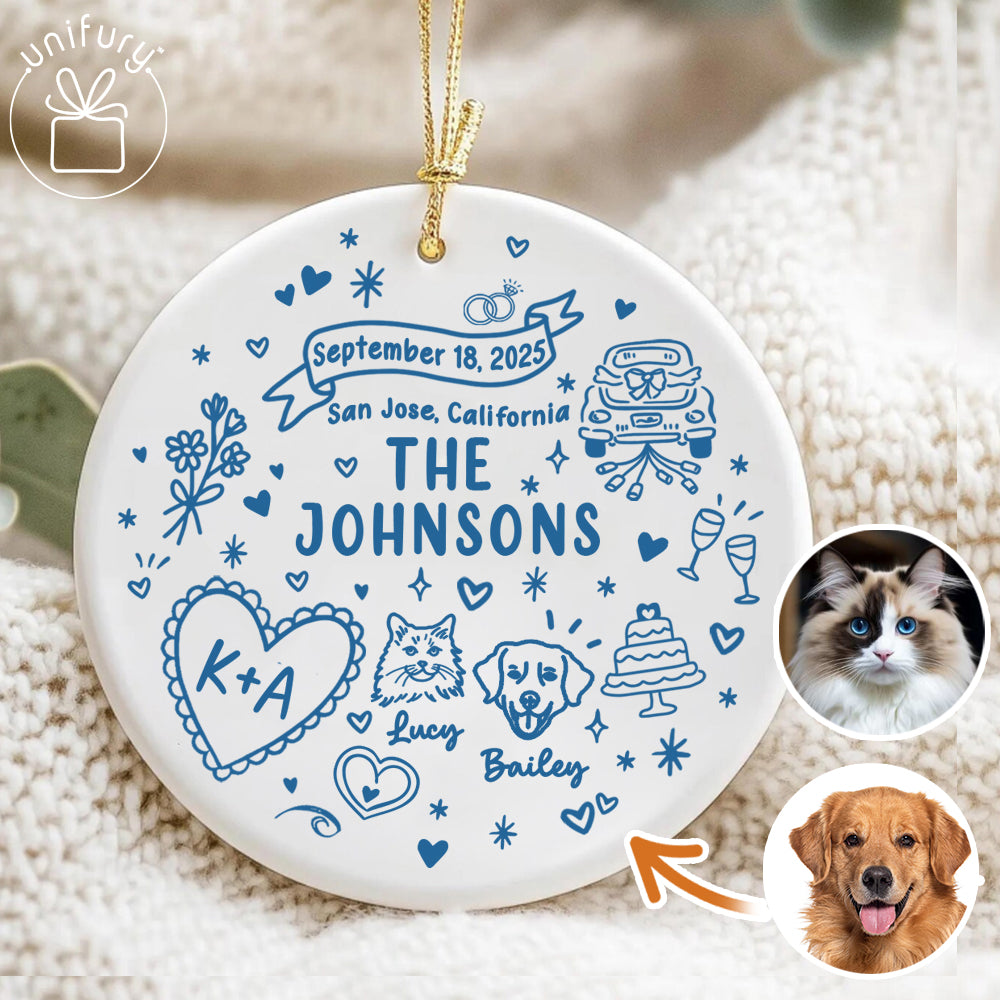
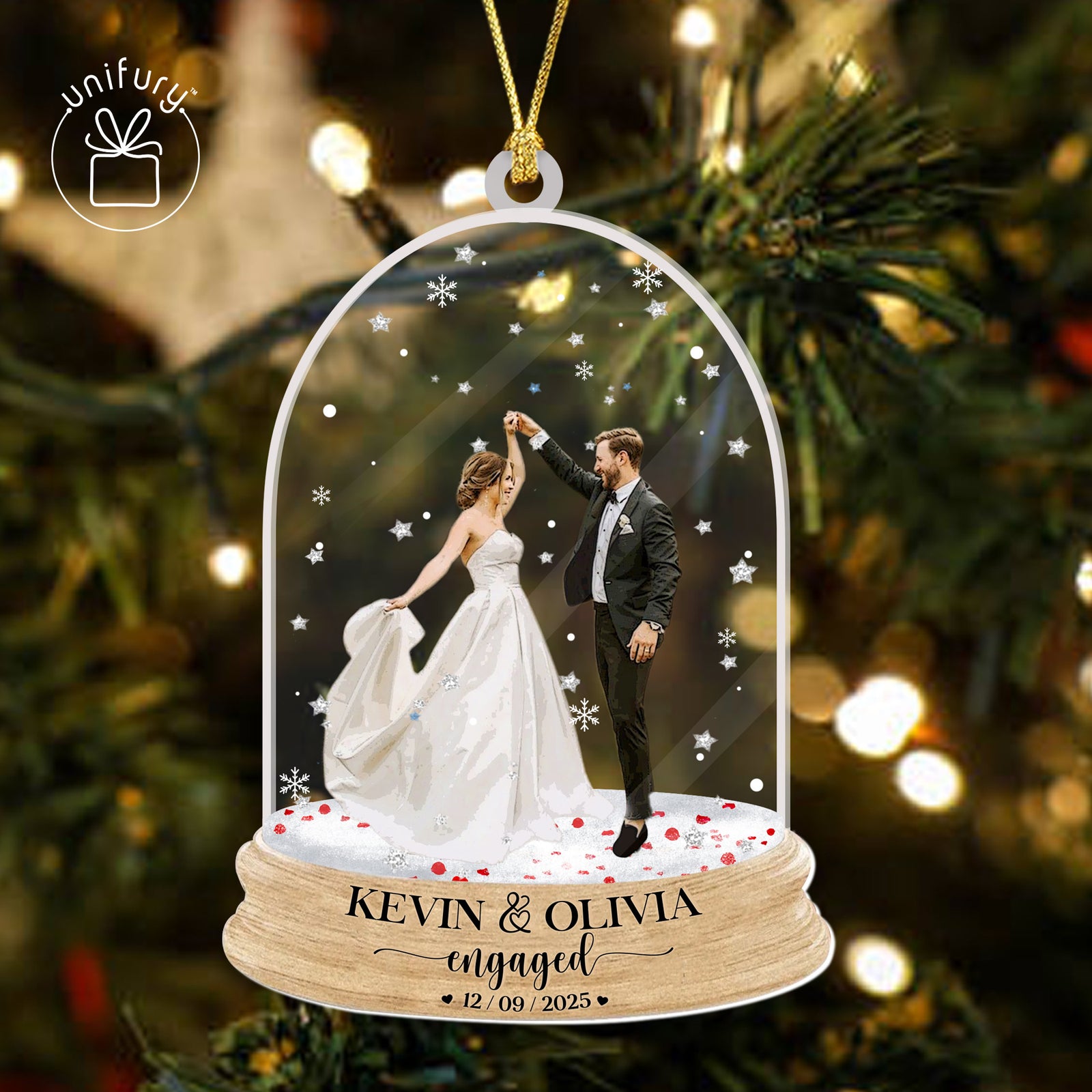
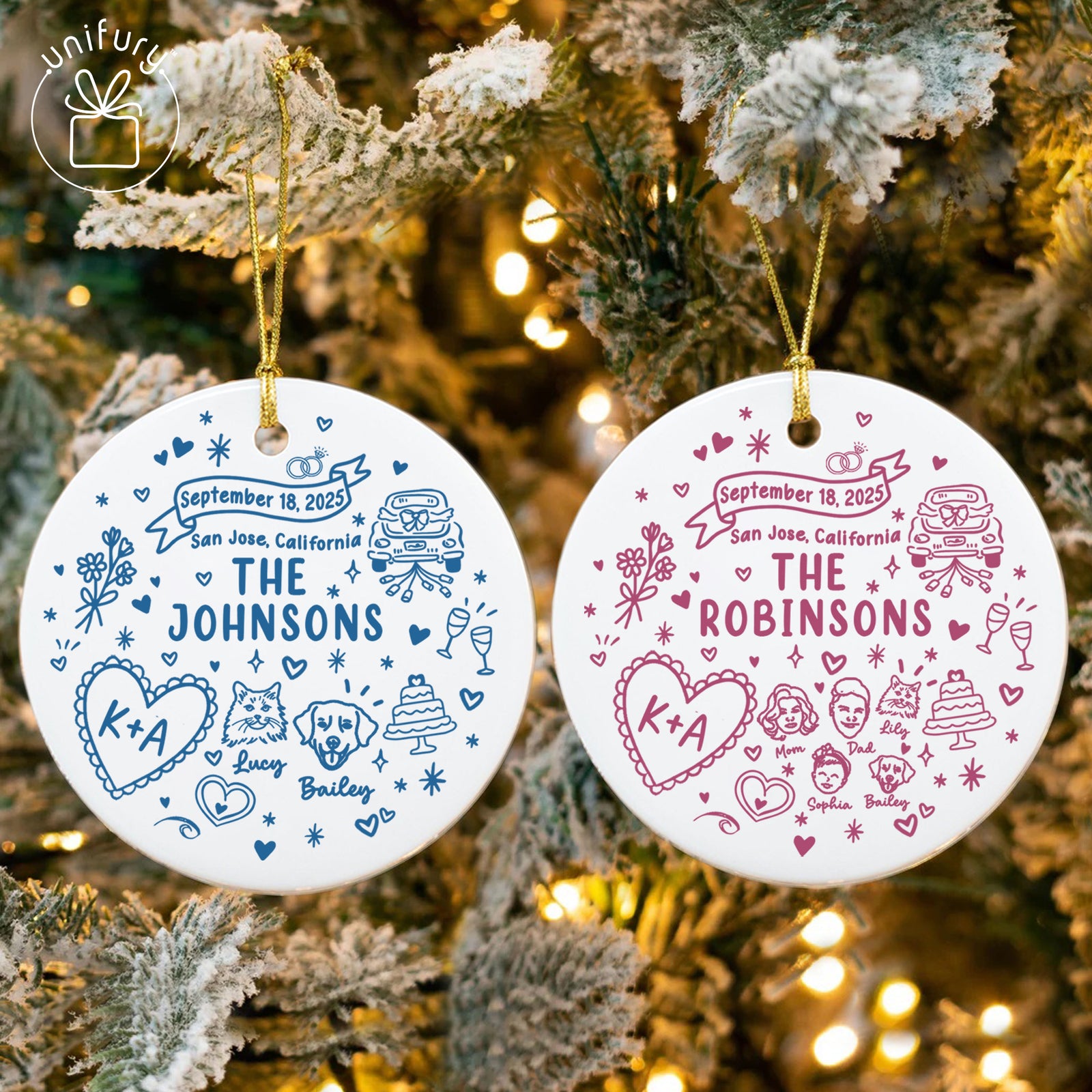
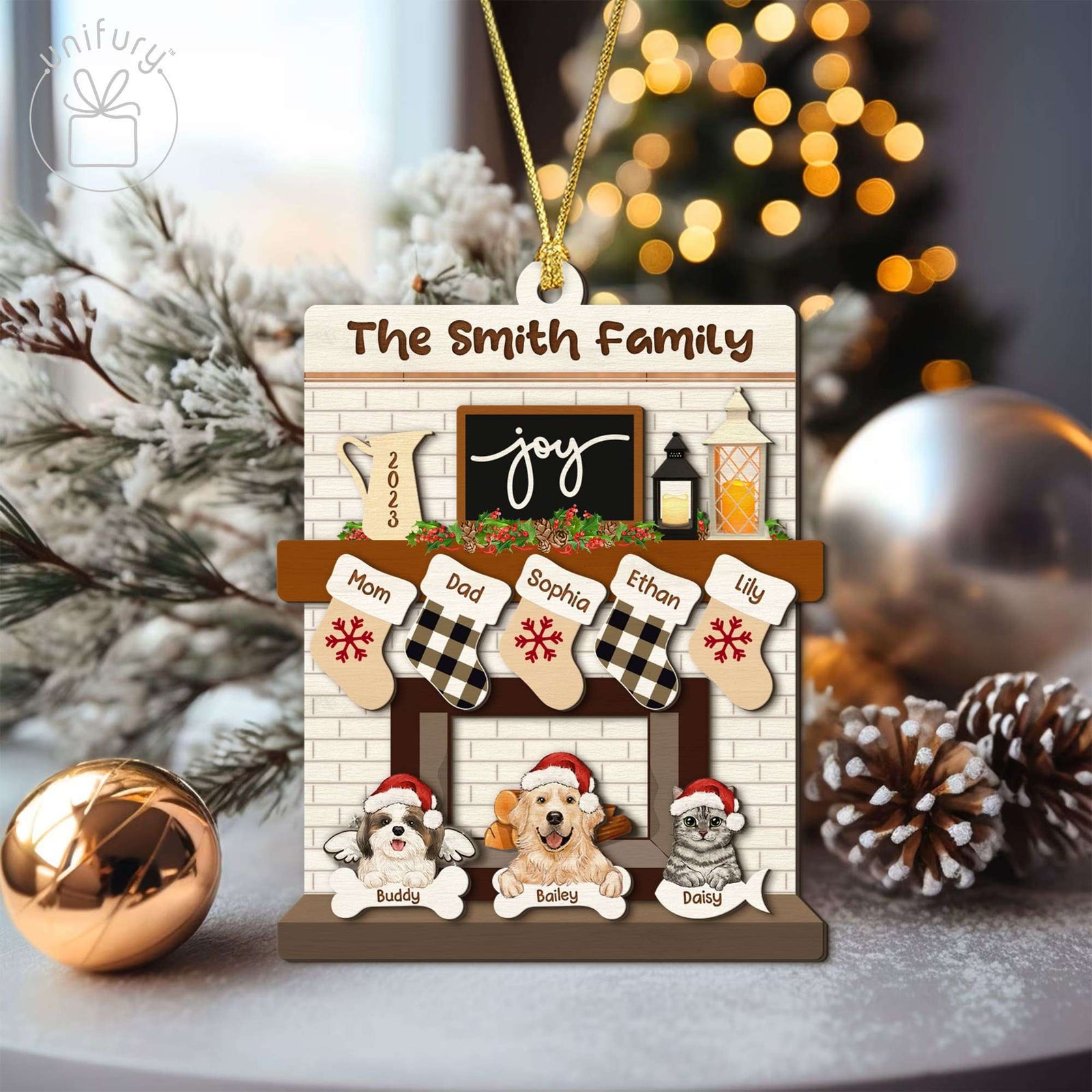
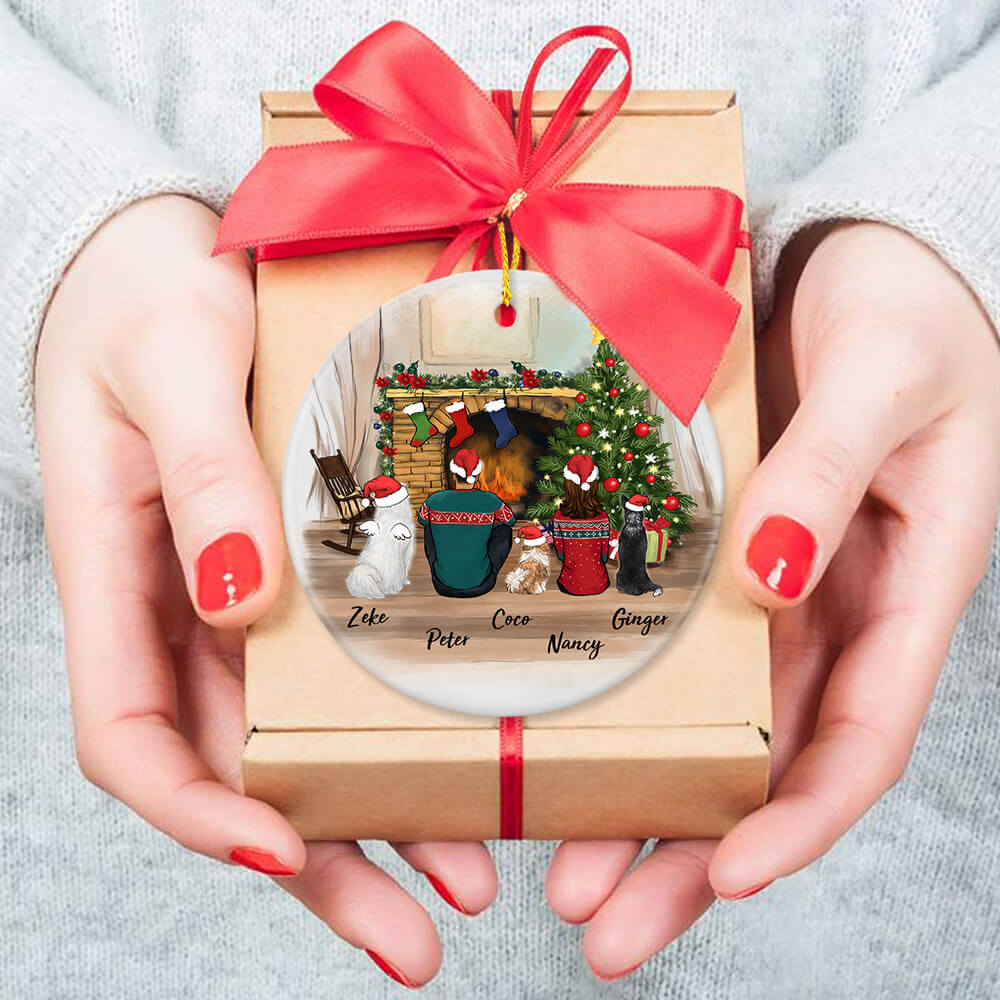
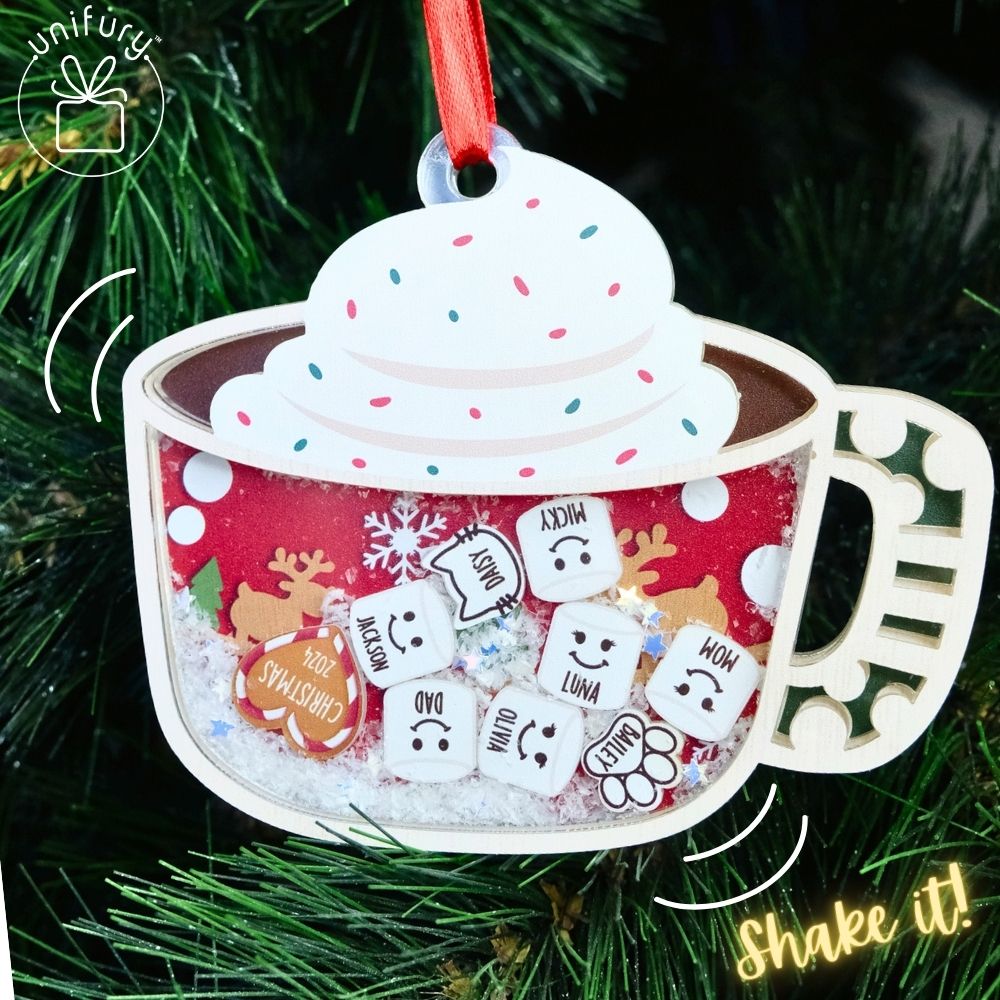
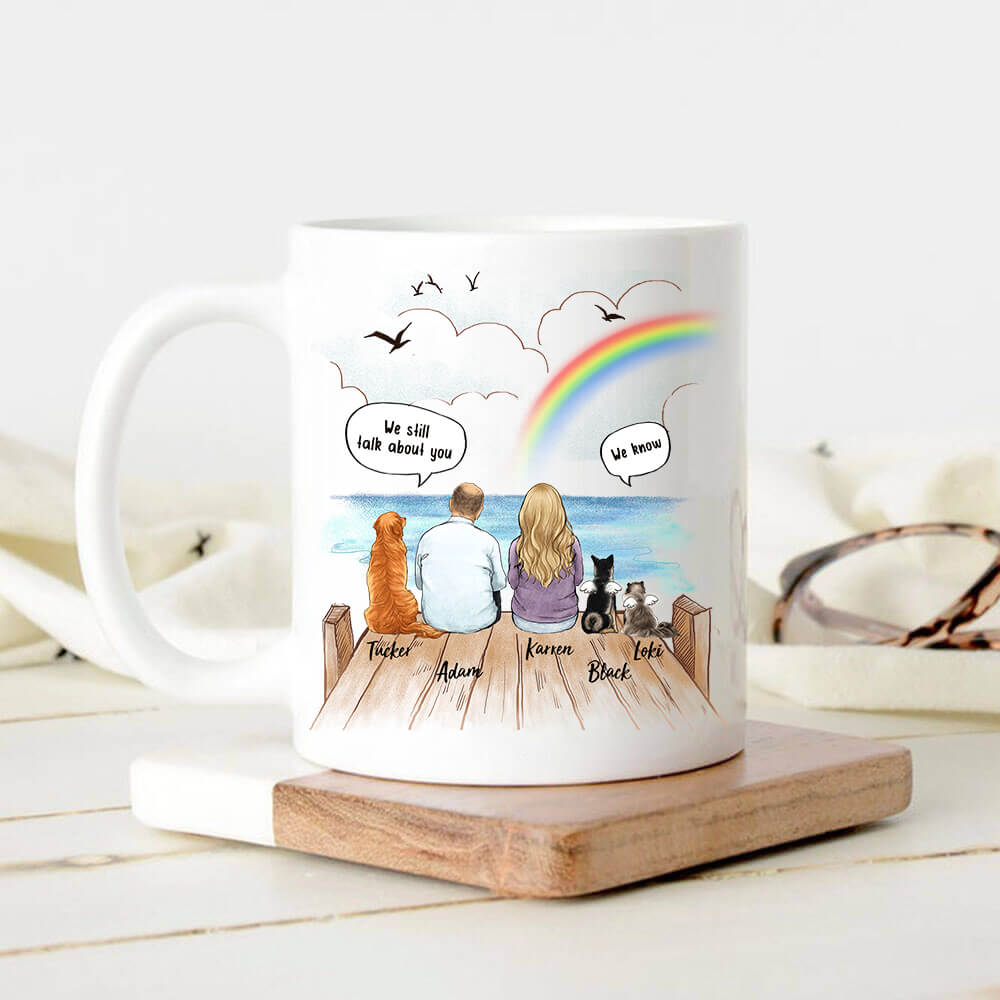






Leave a comment